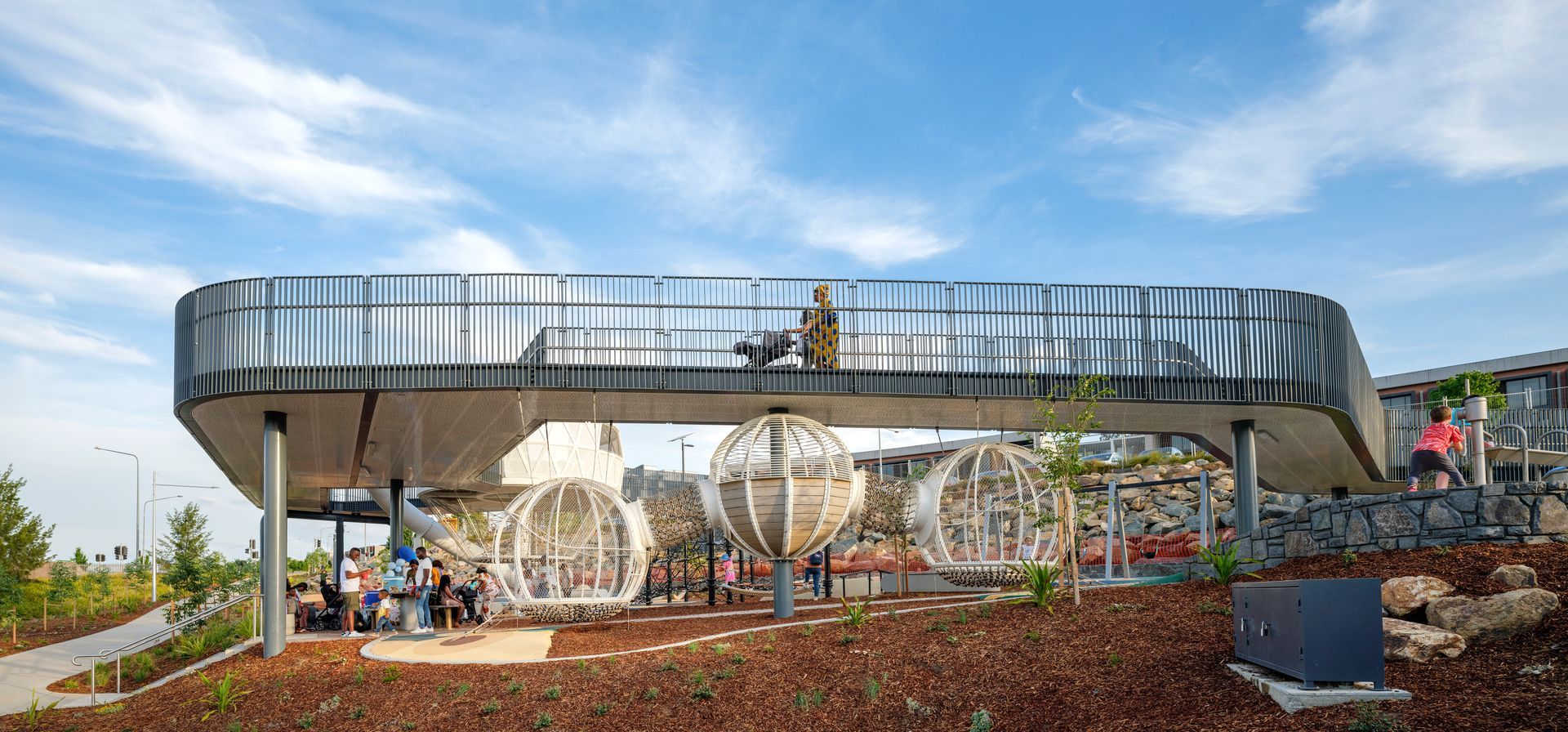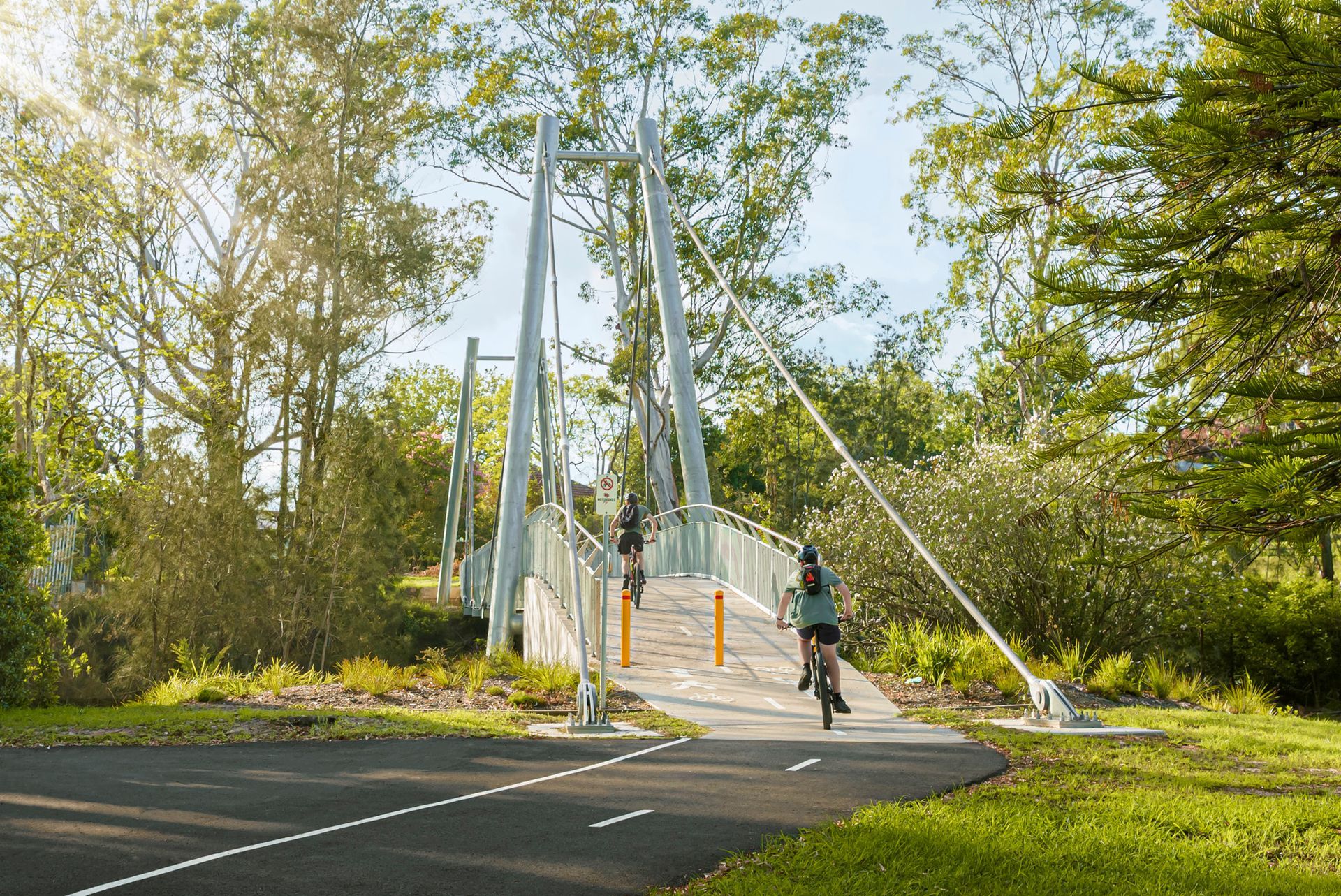A coffee with Dean Coote, Estimating Manager
Hello Dean. As our Estimating Manager, you’re a key part of the team here at Fleetwood Urban. What does a typical day look like for you?
On a typical day as Estimating Manager, you’ll most likely find me working at my desk or in a quiet zone somewhere. I’m responsible for managing the quoting pipeline, prioritising our list of current quotes, taking material quantities off drawings and entering data into our estimating spreadsheet. Some days will also include numerous project meetings and dealing with our suppliers.
What qualities are important to be a good estimator?
There are a few. But the top ones are attention to detail, accuracy, consistency, being organised, having practical construction experience and construction knowledge. The ability to visualise ideas, read drawings and be a good communicator is also important.
How much of your job is software-based versus old fashioned experience?
‘Old fashioned experience’ has been as essential part of my learning and I wouldn’t be here at Fleetwood without it. That experience certainly hasn’t been wasted and I still put it into practice daily. But the addition of technology has made things far more efficient and accurate. For example, we’re now able to take measurements and quantities directly off drawings using certain computer programs, whereas previously we had to print out the drawings and measure them with a scale ruler. We also have some good online estimating tools now that replace the need to hand write every estimate and calculation.
How do you measure success as an Estimating Manager?
We’ve always carried out a cost analysis on completed projects comparing the estimated costs versus the actual costs for each area. It’s an important part of the estimating process, as we can learn from our experiences and apply those learnings for future estimates. We also measure the quality of each estimate against certain criteria, including supplier and pricing research, design input from our design team and cost reviews from a project manager or director.
What are some of the biggest challenges you face?
One of the biggest challenges as an estimator is time. Sometimes we can have over 20 estimates happening concurrently, some being tenders with non-negotiable deadlines, which can be challenging to meet. I also need to coordinate the required input from suppliers, contractors, our design team, project managers and directors – all within these time constraints. Another thing that can trip you up if you’re not careful is focusing too much on the drawings, and not paying enough attention to the separate technical specifications and associated design information. The technical specification contains further details that can easily be missed. If they’re not properly considered in the estimate, it can cost the business.
You’ve been part of the Fleetwood team for nearly 13 years now. How has the estimating process changed in that time?
When I started, all of our quantities, calculations and estimate sheets were done by hand. Every line in our estimate needed to be manually calculated with my trusty old Casio calculator! This was one of the most important steps, because one calculating mistake could be detrimental to the business. I had to make sure I doubled checked and triple checked the totals at the end of every estimate. Over the years, we’ve become more and more advanced in technology and now we rely on our computers to add up increasingly complex algorithms we require with 100% accuracy. As mentioned before, we also have access to computer programs and estimating tools that assist in quantity take-offs, letting us work with far more efficiency.
How does the rising importance of sustainability and environmental issues impact the way you manage projects?
We always need to consider the surrounding environment when estimating projects. This includes tree and vegetation protection where necessary and also the provision of sediment control during the construction period. We’ve created certain products over the years that are used in environmentally sensitive areas with minimal impact.
How do you stay on top of all the latest product innovations and suppliers?
One thing I’ve noticed in my time at Fleetwood is you certainly can’t become complacent with suppliers or products. We need to be continually looking for new and improved products to remain ahead of the game. All of our team members are involved in this and any new developments are communicated to the wider team. That said, we rely heavily on the design team to keep up-to-date with the newest products and materials.
Just finally, have you ever calculated the value of all the projects you’ve quoted in your career at Fleetwood? It must be a very big number!
Now that you’ve asked, I’m interested to know myself! We record all completed estimates and report on it monthly, so it’s quite an easy figure to extract. Turns out I’ve costed over 3,000 projects with a total value in excess of $680 million in my time at Fleetwood. So, yes, it’s a big number – and getting bigger every month!
More from Fleetwood Files.
Explore
Certifications
Environmental Management : ISO14001
Quality Management : ISO 9001
OHS Management : ISO 45001
All Rights Reserved | Fleetwood Urban | Privacy Policy





